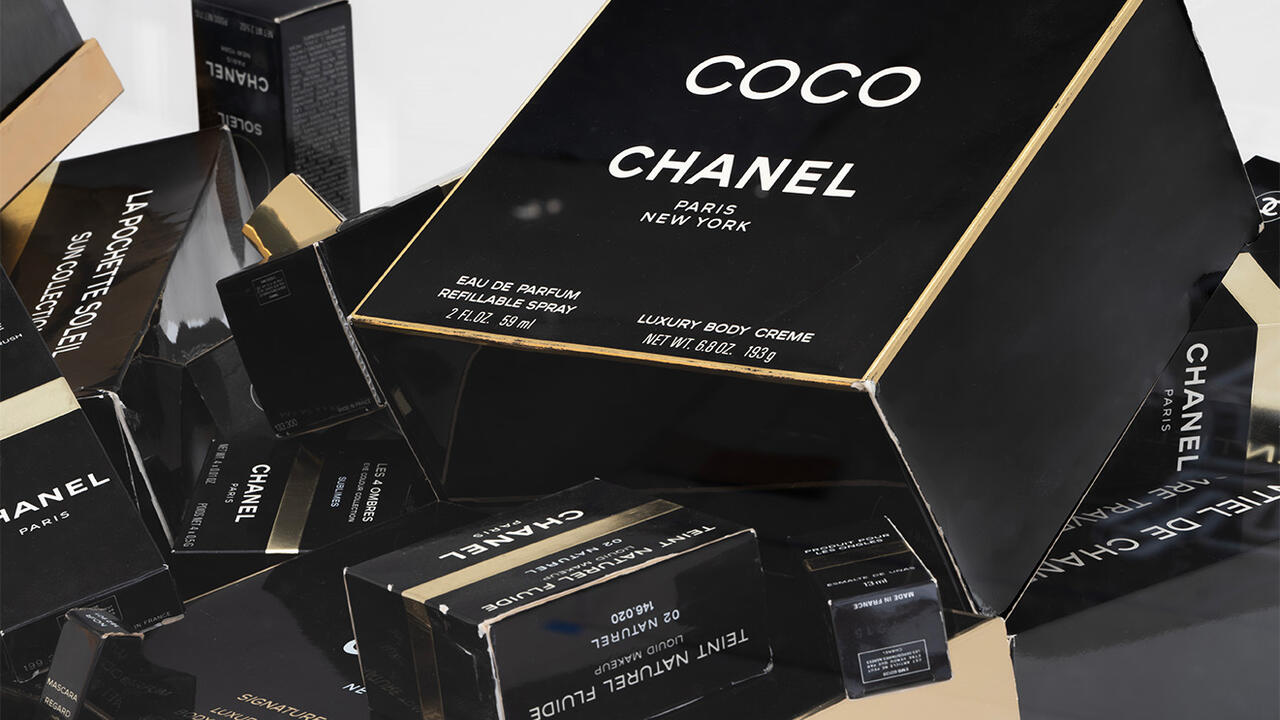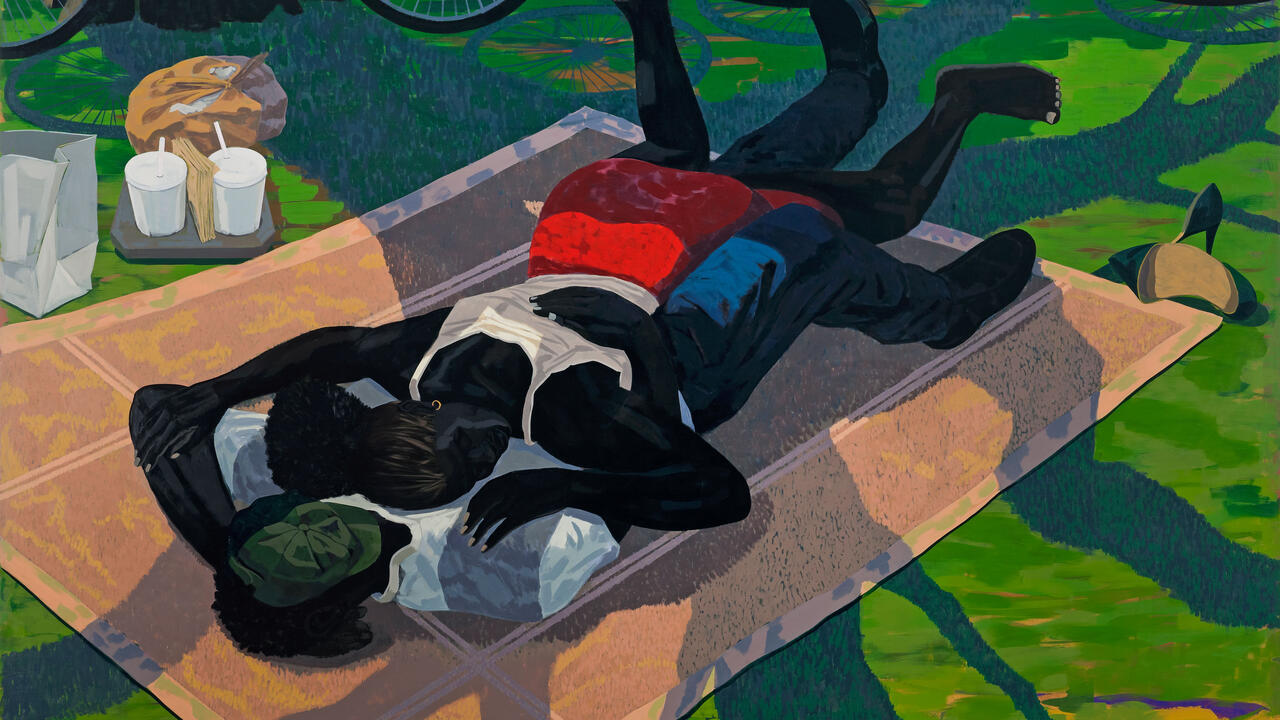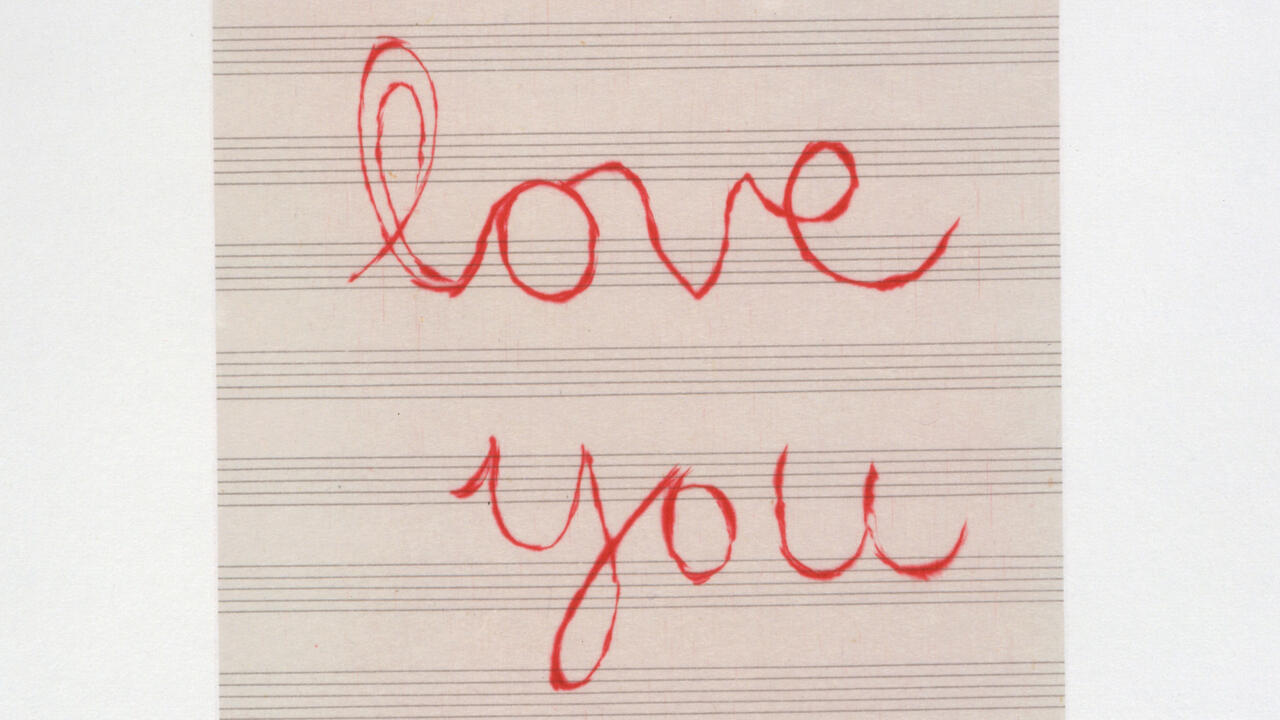Liz Larner and the Upcycling of Material
On the occasion of Liz Larner’s survey at Sculpture Center in New York, Jonathan Griffin looks closely at black iris (2021)
On the occasion of Liz Larner’s survey at Sculpture Center in New York, Jonathan Griffin looks closely at black iris (2021)

Of all the plastic ever produced by humankind – over nine billion tonnes and counting – less than nine percent has been recycled. Some was burnt. Most of it went into landfill. This tally is not improving. Since 2017, when China stopped importing plastic waste, developed countries have been recycling less, not more.
Early last year, Liz Larner intercepted three bales of compressed bottles and other plastic containers and had them delivered to the yard behind her studio. These giant, writhing, disgusting masses – each squatting on a wooden pallet – cost her little more than the price of delivery. Larner has long been drawn to ambivalent, even malignant materials, which she refashions into sculptures that are often transcendently beautiful. In her early ‘Culture’ pieces, she combined ingredients in Petri dishes and left them to their own fungal devices. Whipped Cream, Heroin and Salmon Eggs (1987) was one. A Cough and the Bottom of My Shoe (1987) was another. Over the past decade, much of her output has been in the form of heavy clay slabs, vertically oriented and fixed to the wall. These slabs are themselves kinds of Petri dishes, often bearing scattered stones, minerals or kiln-melted glass, sealed under an artificial agar of thick clear epoxy. (It looks like glaze, but it’s plastic.)

Throughout the pandemic, Larner has been suturing pieces of plastic trash together with cable ties. Most of the resulting agglomeration makes up her room-filling installation Meerschaum Drift (2020-2022), parts of which have been exhibited at Regen Projects, Los Angeles, and Max Hetzler, London, and all of which will appear in Larner’s exhibition ‘below above’ at Kunsthalle Zurich in June. black iris (2021) is one of a number of smaller, wall-based works that Larner has created. If Meerschaum Drift suggests, as its title translates, successive drifts of sea foam, then black iris is a mass of airborne froth, a knot of seaweed cast out of the water. Or, it is precisely what it is: a nasty tangle of polluting, petroleum-based plastics.
Does Larner emancipate, absolve or – shudder – ‘upcycle’ the materials she uses? On the contrary. There is no deliverance here. She is an artist who operates on cosmic timescales; her materials’ pasts and futures are essential to their meanings today. Like it or not, black iris, which could probably be shipped across the globe in a carrier bag and be no worse for it, will outlive you, and your children.
Liz Larner's exhibition 'Don't put it back like it was' is on view at SculptureCenter, New York, from 20 Jan to 28 March 2022.
'Liz Larner' is on view at Galerie Max Hetzler, London, until January 15.
This article first appeared in frieze issue 224 with the headline ‘Upcycler’.
Main image: Liz Larner, black iris, 2021, plastic, 61 × 71 × 61 cm. Courtesy: © Liz Larner, Regen Projects, Los Angeles, and Galerie Max Hetzler, Berlin/Paris/London






















